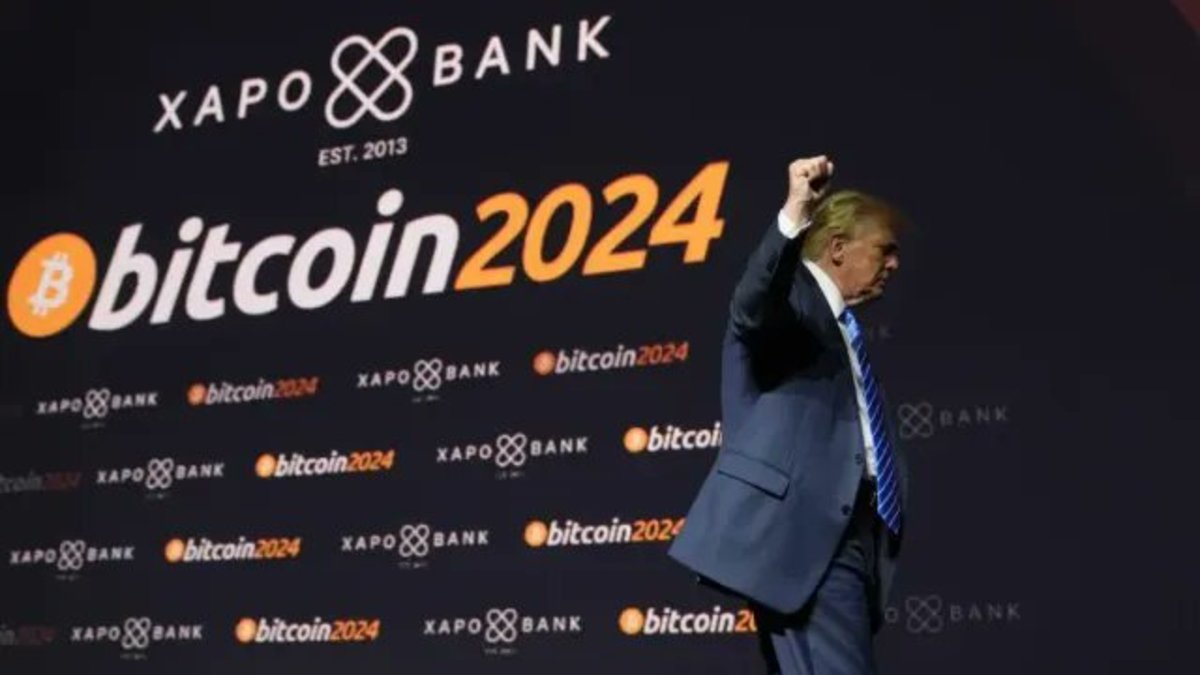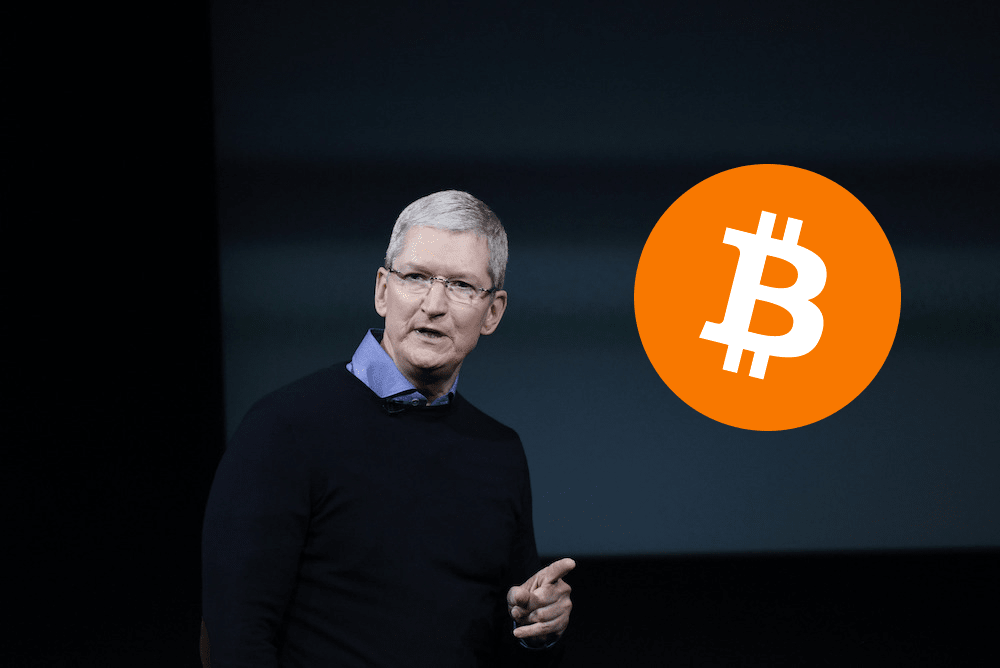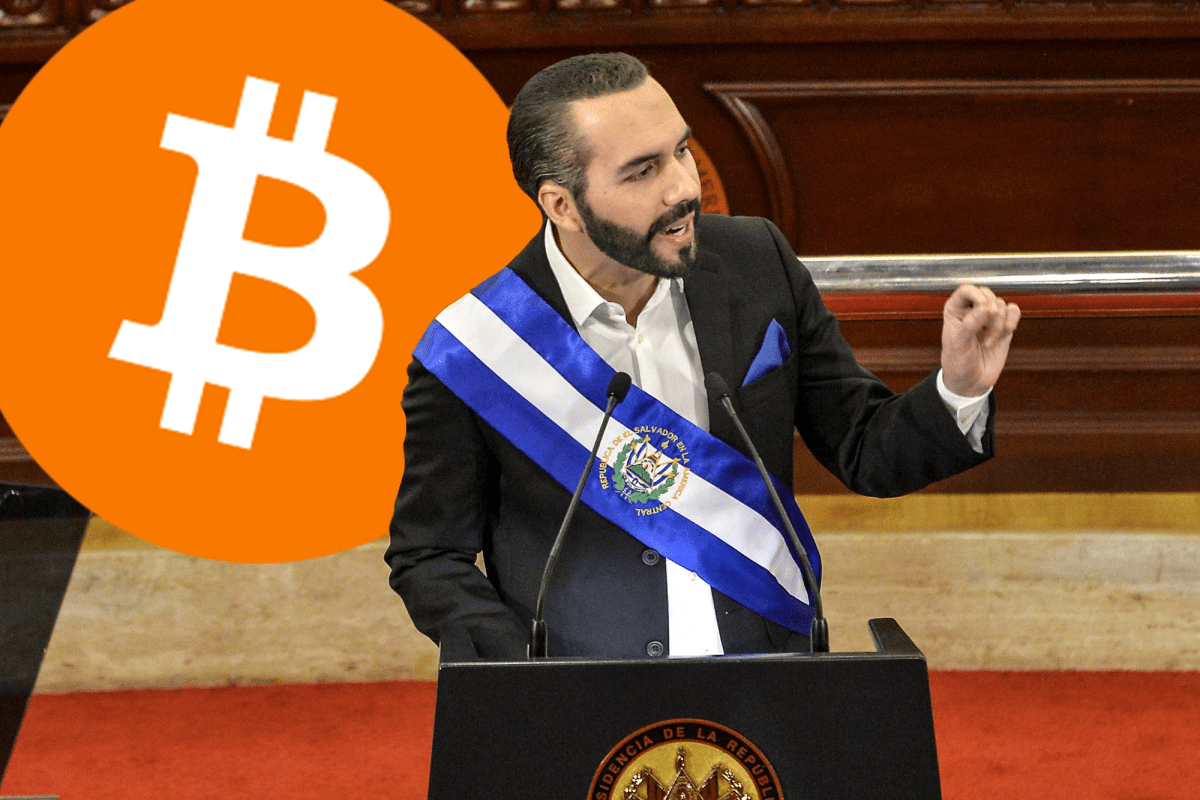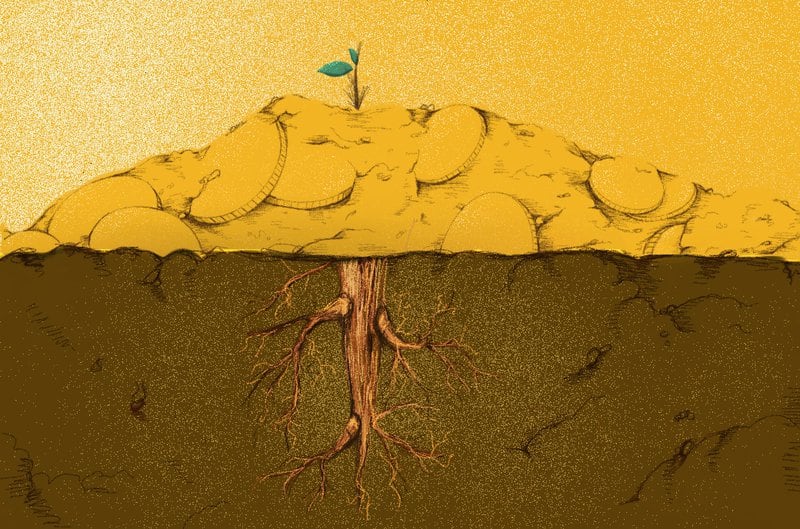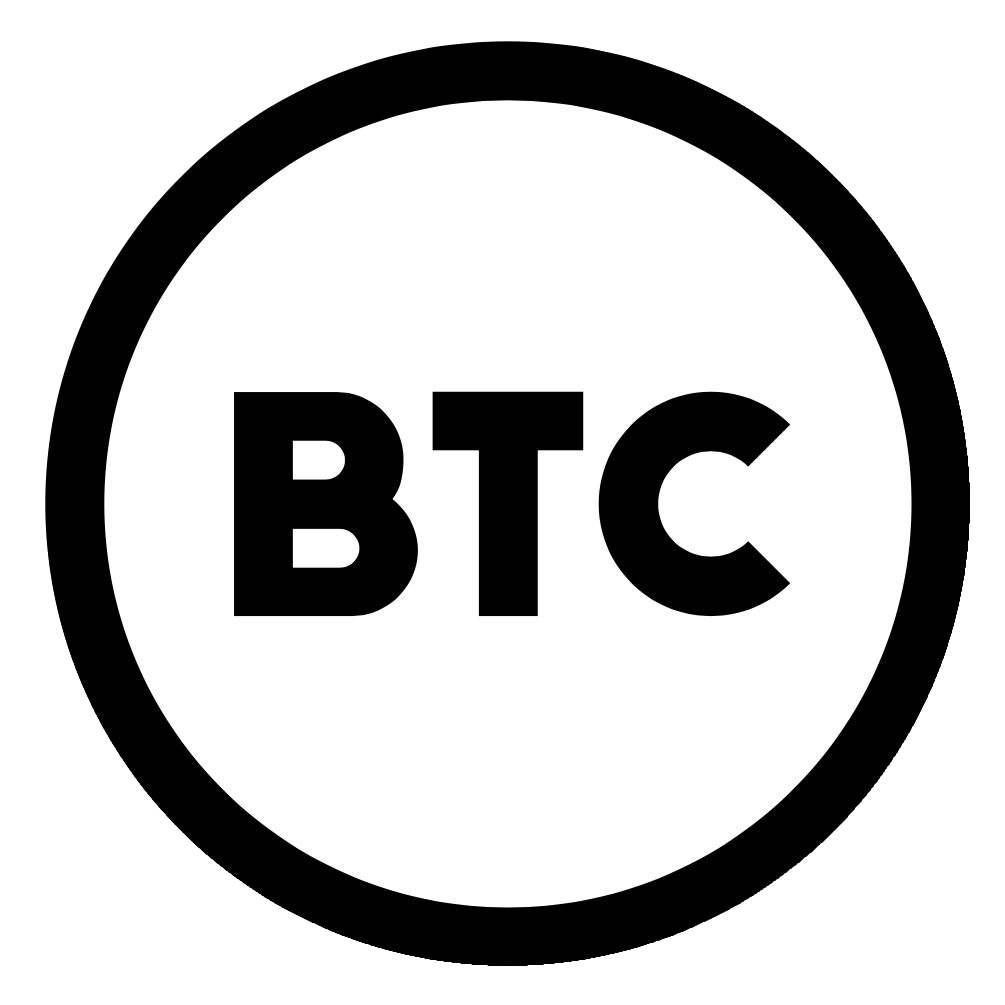IMF, World Bank Set Framework Around Fintech Advances

The International Monetary Fund (IMF) and the World Bank have weighed in on sovereign considerations and global implications of blockchain and other financial services technologies.
The Bali Fintech Agenda, released at the conclusion of their annual meeting, distills the issues and concerns around disruptive technologies like distributed ledgers and smart contracts. The 12-point agenda intends to provide guidance to countries in their assessments of policy options around specific circumstances and priorities.
“Countries are demanding deeper access to financial markets,” World Bank Group President Jim Yong Kim said in statement on the agenda framework. “The Bali Fintech Agenda provides a framework to support the Sustainable Development Goals, particularly in low-income countries where access to financial services is low.”
IMF Managing Director Christine Lagarde echoed the sentiment. Pointing to the estimated 1.7 billion adults around the world without access to the financial services sector, she said, “Fintech can have a major social and economic impact for them and across the membership in general. All countries are trying to reap these benefits, while also mitigating the risks.”
As outlined in an IMF press release, the focus of the 189 member countries must include the following goals:
Embrace the Promise of Fintech
Especially for low-income countries, small states and the underserved, fintech can hasten access to financial services and financial inclusion, deepen financial markets and improve cross border payments and remittance transfer systems.
Enable New Technologies to Enhance Financial Services
By facilitating telecommunications and digital infrastructures, countries foster open and affordable access and ensure a conducive policy environment.
Reinforce Competition and Commitment to Open, Free and Contestable Markets
Enabling a policy framework addressing risks around market concentration and moving to foster standardization, interoperability and transparent access to key infrastructures ensures a level playing field while promoting innovation, consumer choice and access to high-quality financial services.
Foster Fintech to Promote Financial Inclusion and Develop Financial Markets
Enabling countries to leverage promising new pathways for economic and financial development supports growth and alleviates poverty. Achievement toward this end entails the inclusion of fintech in efforts toward financial and digital literacy “while fostering knowledge-sharing between public- and private-sector players, civil society, and other stakeholders.”
Monitor Developments Closely to Deepen Understanding of Evolving Financial Systems
Information-sharing and exchange supports improved monitoring and includes the maintenance of dialogue with current industry leaders and innovators as a means of identifying emerging opportunities and risks and to “facilitate the timely formation of policy responses.”
Adapt Regulatory Framework and Supervisory Practices for Orderly Development and Stability of the Financial System
As issues arise around emerging financial technologies, regulators and policymakers must be prepared to modify and adapt frameworks to a degree proportionate to risks. “Holistic policy responses may be needed at the national level, building on guidance provided by standard-setting bodies.”
Safeguard the Integrity of Financial Systems
Mitigate risk around criminal misuse of fintech through use of technologies that strengthen anti-money laundering compliance and combat financing of terrorism.
Modernize Legal Frameworks to Provide an Enabling Legal Landscape
Legal frameworks that fail to keep pace with fintech innovation and evolving global markets undermine the general trust and reliability of financial products and services. It’s important to enable a legal framework with clear and predictable rules.
Ensure the Stability of Domestic Monetary and Financial Systems
While fintech could help central banks improve services — including the potential issuance of digital currencies as well as expanding access to and improving the resilience of payments services — monetary policy must also safeguard financial stability and even expand social safety nets when necessary.
Develop Robust Financial and Data Infrastructure to Sustain Fintech Benefits
The integrity of the financial system must maintain resilience to cyber attacks and other disruptions. Robust infrastructure development includes implications that reach beyond the financial sector and move into the digital economy as a whole. Issues here include data ownership, protection and privacy, cybersecurity, operational and concentration risks, and consumer protection.
Encourage International Cooperation and Information-Sharing
International cooperation assists in ensuring effective policy responses to foster opportunities and to limit risks that could arise from divergence in regulatory frameworks. “The IMF and World Bank can help in facilitating the global dialogue and information-sharing” with an eye toward building a global consensus.
Enhance Collective Surveillance of the International Monetary and Financial System
As fintech continues to blur financial boundaries and amplifies interconnectedness, spillovers and capital flow volatility, the potential to affect the balance of risk in global financial security increases.”The IMF and World Bank could help in improving collective surveillance and assist member countries via capacity building, in collaboration with other international bodies.”
This article originally appeared on Bitcoin Magazine.

